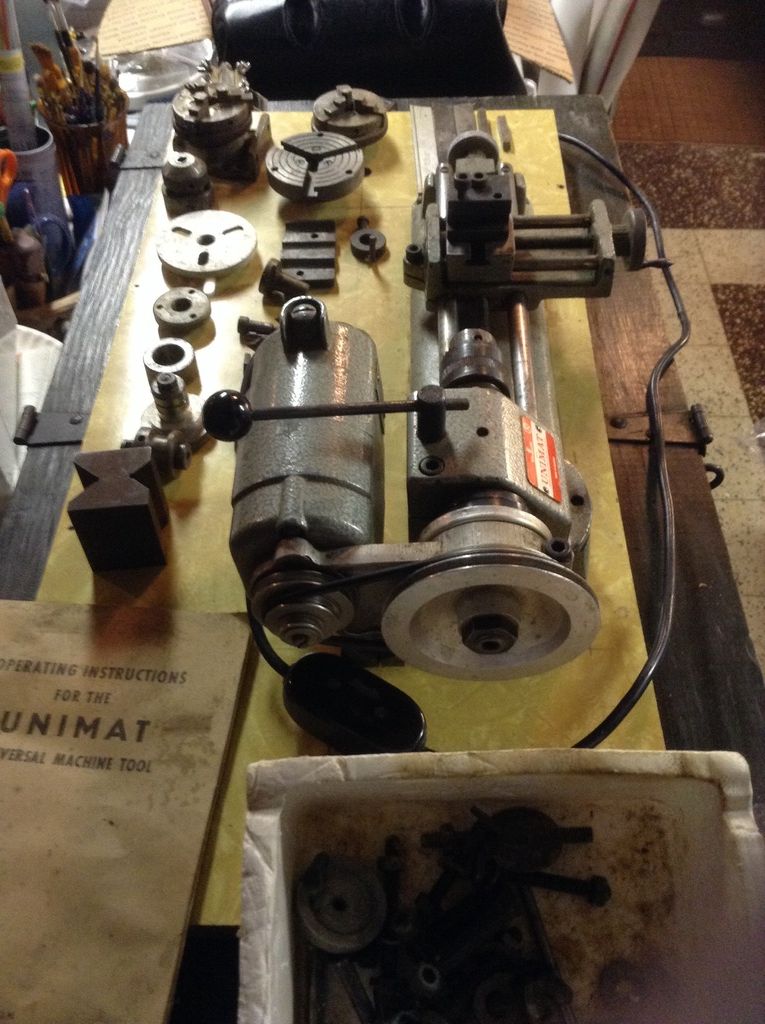Not quite true there is no reloading application.
If you stuck a case in a die,the lathe would help drill/tap for a puller screw.
If you want to make a custom size expander ball for your old,slightly worn 115 yr old 30-40 Krag barrel,you can attack a .303 Brit expander ball with polishing paper.
Seems like some folks convert 357 magnum brass to 351Win SL by modding the rim to an extractor groove with a form tool.Boring some creative pot chuck to hold the cases might get that done.Likewise trimming 200 .308 cases to .300 savage,or modifying a seater punch for a bullet configuration.Especially if its a standard size like 3/8 24 or 7/16 20.
Sometimes a guy just needs a sleeve or bushing.
If you get fancy enough to make or buy a threading die holder that will hold a thread die square and aligned via the tailsock,yet it allows the die to travel as it cuts,you can get kits of blank gunsmith screws.
If you get a Dayton Speed control for brush type motors,you will have variable speed down to quite slow.There are even foot controllers.
I worked in an R+D lab that sometimes needed custom motor coil bobbins wound.A mandrel and a counter was rigged with a cam.If you needed 325 windings of .008 copper wire,no problem.
Same setup might work winding thread around a fishing rod.
Don't let the things you cannot do with that Unimat talk you out of doing the things you can do.
And,yes,the day may come when you decide to upgrade...to a little Craftsman,or a Logan or a South Bend...OR a 10 in Monarch EE ,a Regal LeBlond,A Colchester or Cincinnati HydraShift...or a Harrison,,or a Hardinge.
How else you gonna know?


